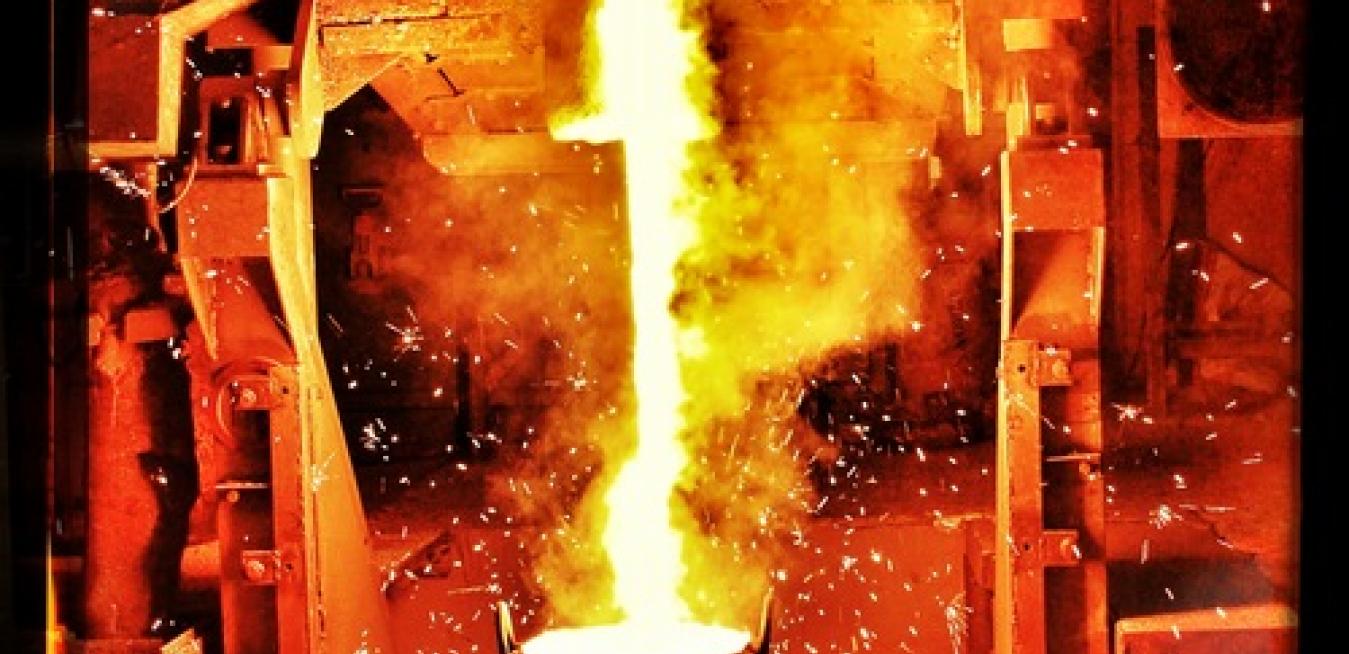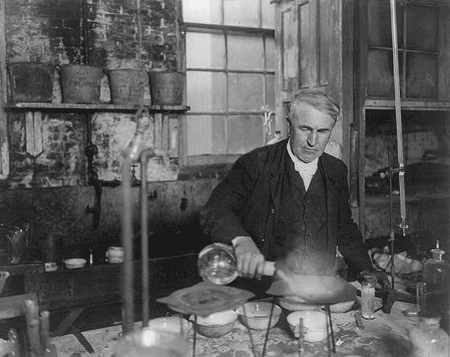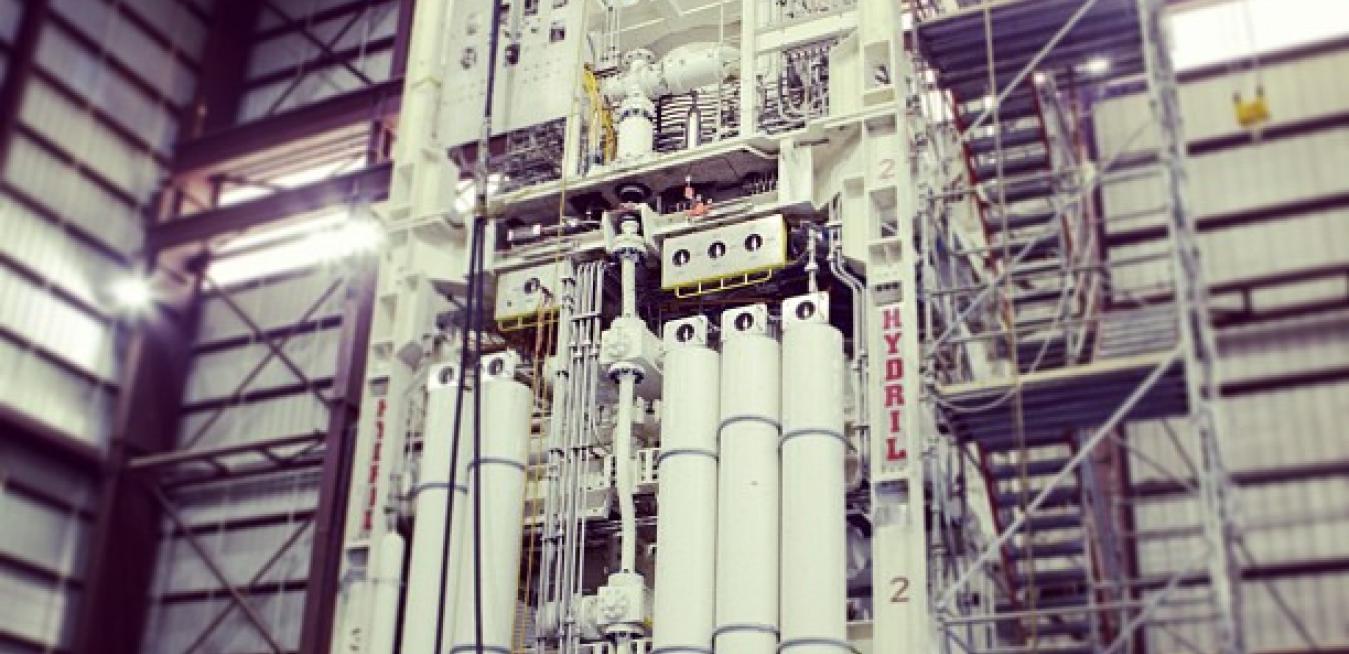Clean tech is increasingly about IT-enabled distributed and fully integrated energy systems that have the potential to transform lives around the world — as well as the prosperity and productivity of countries across the globe.
Getting shale gas out of the ground is one thing. But taking it to customers is quite another.
American pipeline operators are investing as much as $40 billion every year to maintain, modernize and expand their networks. The shale gas boom is putting operators under pressure to move more gas to market faster and more safely, and many U.S. pipelines have been in service for at least two decades.
The system, which has already tracked more than 3 million flights and gathered 340 terabytes of data, can analyze data 2,000 times faster than previous methods and cut costs tenfold. It is so powerful that it crunched through a complex task that would have taken a month to compute in just 20 minutes.
Africa’s economic expansion was largely driven by commodities over the last decade. But today, satisfying demand involves more than just pulling ore and minerals from the ground faster. Companies like South Africa’s platinum producer Lonmin are embracing the Industrial Internet and Big Data to go smarter about their jobs.
Blowout preventers, or BOPs, are incredibly complex machines that sit deep on the sea floor and serve as the last line of defense if something in the oil well goes wrong.
These 250,000-pound, 60-foot steel behemoths have to be regularly pulled up, inspected and serviced. As a rule of thumb, workers often replace as many as 20 percent of their parts to keep them safe, effectively rebuilding the entire machine every five years. “That’s one way to do it,” says Bob Judge, director of product management at GE Oil & Gas.














